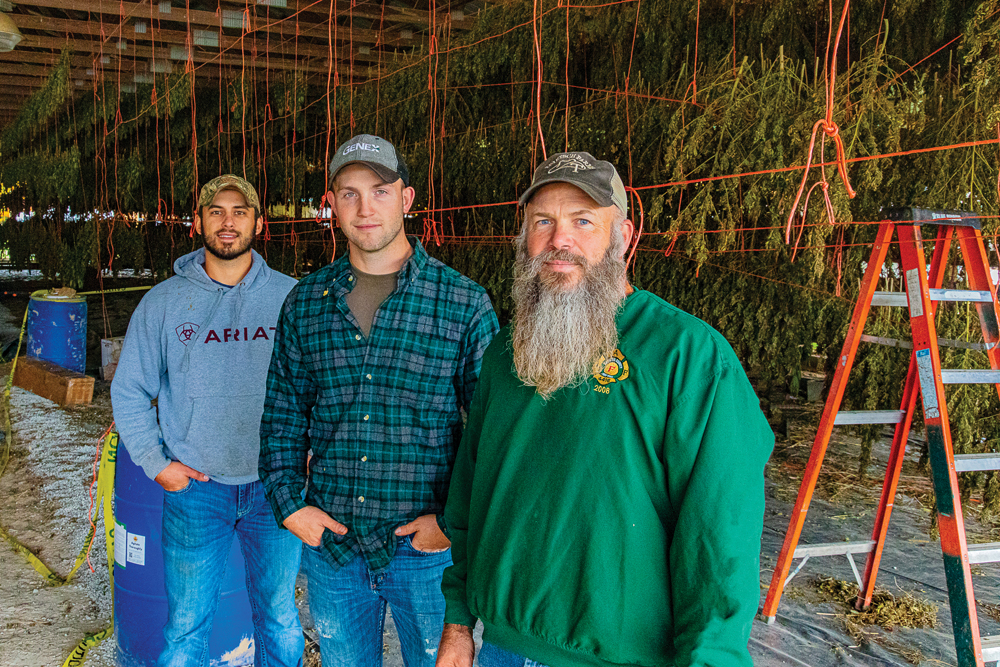
by SUSAN M. BRACKNEY
For the first time since the 1930s, Indiana farmers have been harvesting hemp. Owen County’s Trietsch Farms was one of a select group approved to grow hemp in 2019 as part of a research trial. Co-founders Jim Trietsch, his son, Ty, and Justin Daubenspeck grew more than 100,000 hemp plants for cannabidiol (CBD) oil and smokable CBD.
While hemp has been grown for fiber and food for hundreds of years, only recently have farmers begun growing it for CBD extraction. Hemp looks similar to marijuana, but does not contain tetrahydrocannabinol (THC), the ingredient that causes a marijuana “high.”
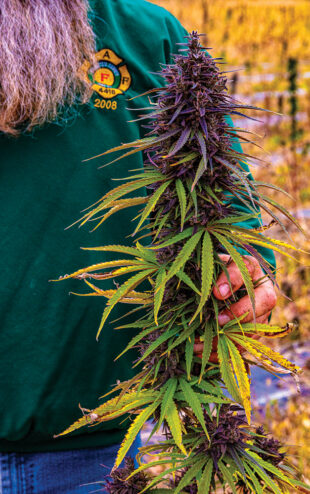
Recognizing this distinction, a federal 2014 Farm Bill authorized industrial hemp cultivation research. Incrementally supporting hemp as an agriculture crop, the Indiana Senate passed bills in 2014 and 2018, but unresolved issues remain. Many banks still need to revise policies to accept hemp-related financial deposits. Also, some Indiana officials hope to criminalize end-user possession of hemp flowers, which look exactly like marijuana buds. One potential solution? Hermetically sealing and labeling packaged hemp flowers and applying “open-container” laws.
Growing hemp is a challenge. Besides regulatory hoops, Trietsch Farms faced an über-soggy spring and cutworm damage, but things turned around later in the season. “We’re hand-harvesting and hand-processing every plant,” Ty Trietsch says.
Hoosier farmers hoping to grow hemp must undergo background checks and obtain licenses from the Office of the Indiana State Chemist, which issued just 100 outdoor-growing licenses and 40 more for indoor operations in 2019. According to Indiana Farm Bureau, commercial hemp production is expected to launch fully in 2020 pending the approval of national regulations by the U.S. Department of Agriculture and approval of Indiana’s state program.
Getting in on hemp might pay off during what is seen as a downturn in the farm economy. The value of a CBD oil crop depends on its total CBD concentration. “The market rate estimate right now is anywhere from $3.25 to $4.25,” says Jamie Campbell Petty, executive director for the Midwest Hemp Council. That’s $325 to $425 for 10 pounds of hemp biomass containing 10% CBD.
Conventional and organic hemp grain can fetch up to 50 cents or $1.40 per pound, respectively. Hemp fiber pays about 8 cents per pound.
Jim Trietsch is already thinking about improvements for next year. “We’re looking into what’s called a ‘tri-crop’ or a ‘dual-crop,’” he says “We can get the grain and fiber from it and possibly the CBD. We just have to see how it all advances.”



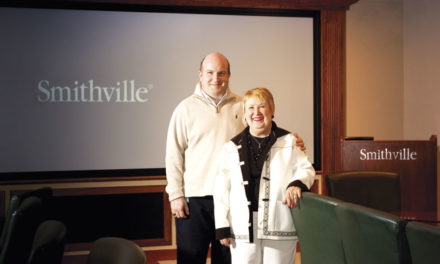
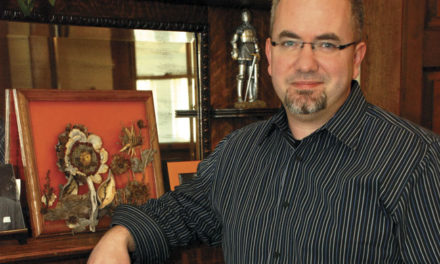
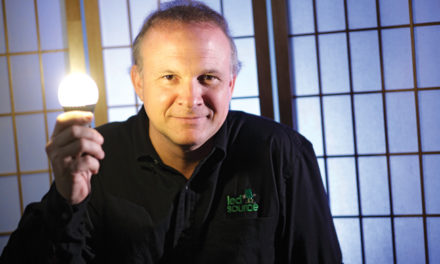







Most hemp does contain some THC, and sadly USDA has decided* that the demarcation between what is “hemp” versus what is “marijuana,” is .3% THC, an “arbitrary” number derived from a paper written by two Canadian scientists in the late 1970s, and I say arbitrary because that’s the word they themselves used in proclaiming this flawed definition.
These scientists were testing THC levels in the plants’ leaves, where there is little cannabinoid content, versus the flowers, where test samples are taken under the protocol set forth here in Indiana, and most of the country as well. Sadly this resulted in the destruction of about 20% of the hemp crop grown in Indiana last year, all because some hemp tested “hot” on the THC scale, even if only by a tenth of a percent or two.
It’s the last thing a beat down farm sector needs, but that’s the way it is under this absurd law.
* – USDA will soon decide whether .3% THC remains the determining factor between what is hemp versus what it marijuana, but as of this writing, it looks like they’re sticking with it.
Handsome farmers :)